Cal boats for sale
9 New and Used Cal
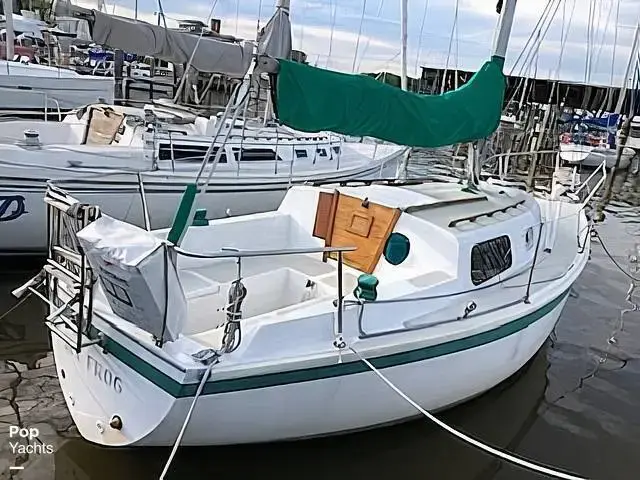
Cal 27
$10,000
CONDITION:
Used
LENGTH:
27.0 ft.
|
YEAR:
1978
LOCATION:
Ridge, Maryland (United States of America)
OFFERED BY:
POP Sells
Excellent 1978 Cal 27, Regularly Maintained! Powered by a 10HP Ferryman Engine! Lots of Extras Included! Very nice CAL 27. This sailboat is perfect for the Bay area, she is lig...
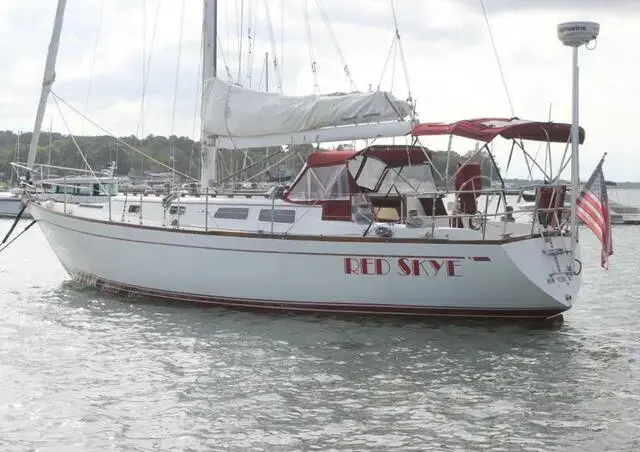
Cal 39
$35,000
CONDITION:
Used
LENGTH:
39.01 ft.
|
YEAR:
1979
LOCATION:
Shelter Island, New York (United States of America)
OFFERED BY:
Brewer Yacht Sales
Red Skye is a nicely equipped Cal 39.Her owner has decided it is time for to pass her along to the new owner to enjoy her as much as he has.She has all lines coming to the cockpit t...
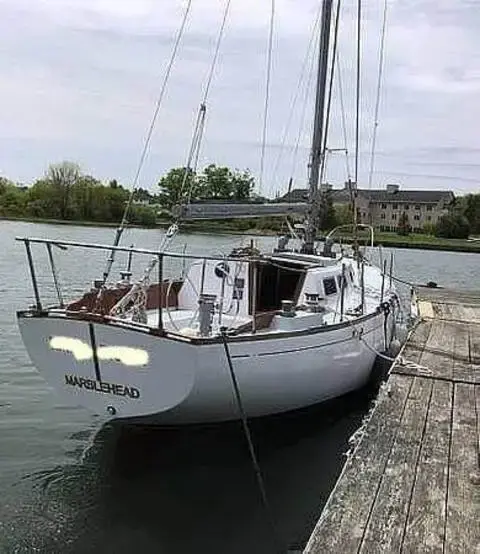
Cal 36
$21,500
CONDITION:
Used
LENGTH:
35.99 ft.
|
YEAR:
1967
LOCATION:
Danvers, Massachusetts (United States of America)
OFFERED BY:
POP Sells
Cal 36 currently with her 2nd owner. She has been well taken care of. Can you imagine how lucky you are to have found a venerable Bill Lapworth designed, Cal 36 that is 56 year...
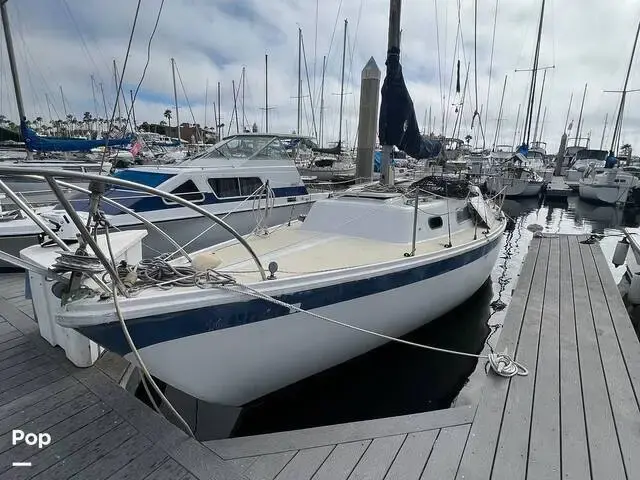
Cal 29
$9,475
CONDITION:
Used
LENGTH:
29.0 ft.
|
YEAR:
1973
LOCATION:
Redondo Beach, California (United States of America)
OFFERED BY:
POP Sells
This boat was featured in the 1974 movie The Dove! Own some history! The 1973 CAL 29 is a classic sailboat that presents a thrilling opportunity for a complete renovation proje...
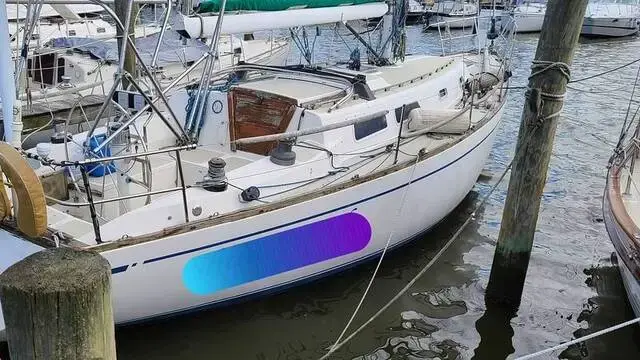
Cal 39
$39,000
CONDITION:
Used
LENGTH:
39.01 ft.
|
YEAR:
1979
LOCATION:
Baltimore, Maryland (United States of America)
OFFERED BY:
POP Sells
Bill Lapworth designed classic cruiser. This boat has made multiple Annapolis to Bermuda single hand race appearances. The Cal 39 has been known to be a world cruising sailboat...
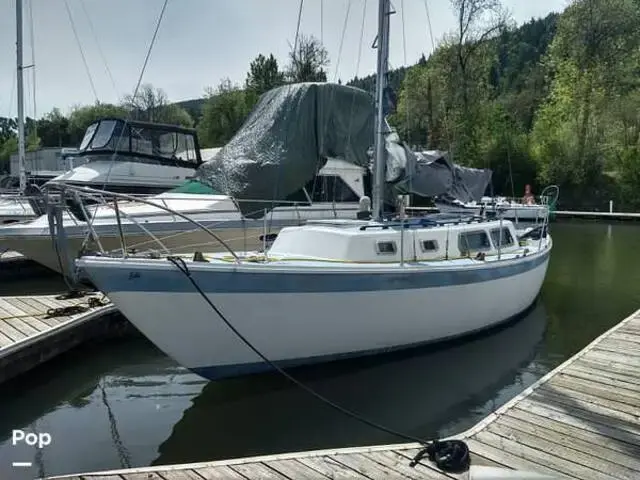
Cal 34
$20,000
CONDITION:
Used
LENGTH:
33.99 ft.
|
YEAR:
1968
LOCATION:
Portland, Oregon (United States of America)
OFFERED BY:
POP Sells
She has to Go ASAP~ New engine and a long list of new upgrades! Ready for an extended stay or a nice cruise! Set Sail on an Adventure with the Amazing '68 Cal 34! ️ MAKE OFFE...
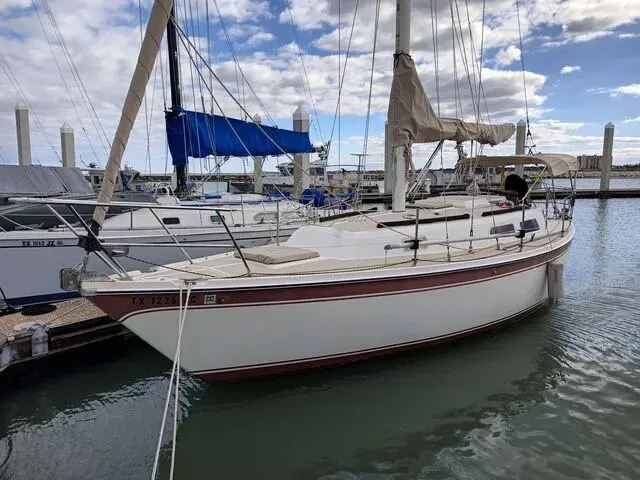
Cal 31
$15,500
CONDITION:
Used
LENGTH:
31.5 ft.
|
YEAR:
1979
LOCATION:
S. Texas (United States of America)
OFFERED BY:
Boatshed
These boat details are subject to contract. Note: Offers on the asking price may be considered. Register with Boatshed to see 49 extra photos of this Cal 31 . This Cal 31 has been p...
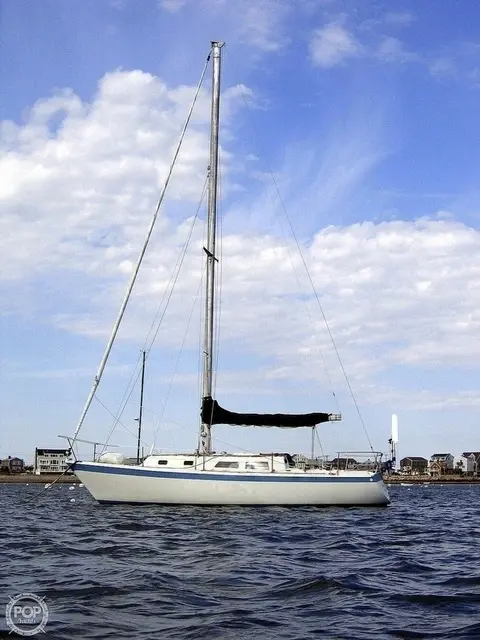
Cal 33
$17,500
CONDITION:
Used
LENGTH:
33.01 ft.
|
YEAR:
1972
LOCATION:
Marshfield, Massachusetts (United States of America)
OFFERED BY:
POP Sells
Cal 33 in Fair Shape w/Many Extras For a Crew of 2 This Call 33 is currently in storage and under a tarp. The boat appears structurally sound however below deck will require si...
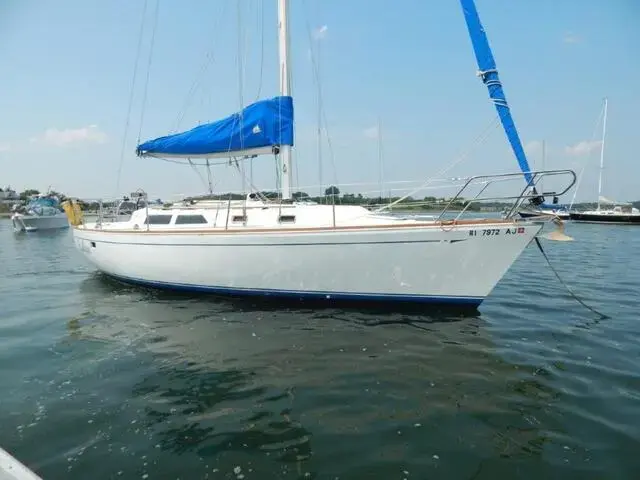
Cal 33 MkII
$22,000
CONDITION:
Used
LENGTH:
33.01 ft.
|
YEAR:
1987
LOCATION:
North Kingstown, Rhode Island (United States of America)
OFFERED BY:
Brewer Yacht Sales
Excellent performance in a comfortable cruiser, this example is well cared for and ready to cruise. Designed by C. Raymond Hunt and Assoc. as a cruiser/racer with a roomy well laid out cockpit ...
* Price displayed is based on today's currency conversion rate of the listed sales price.